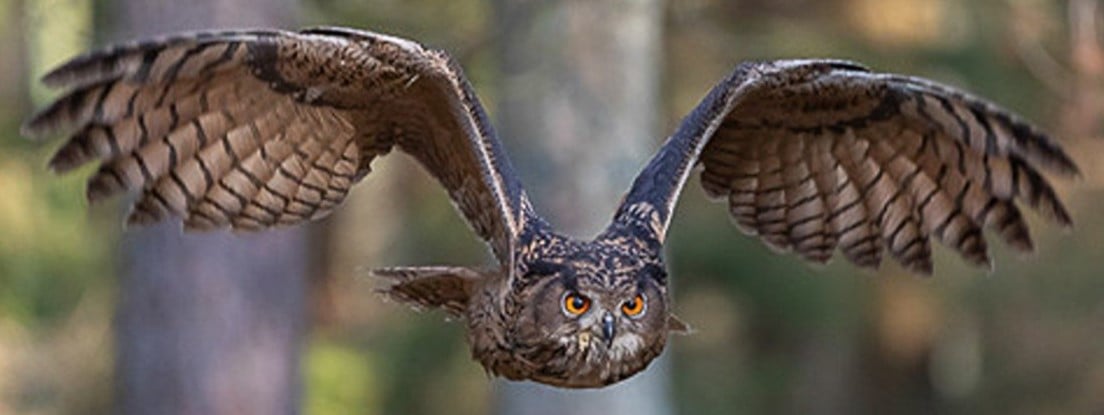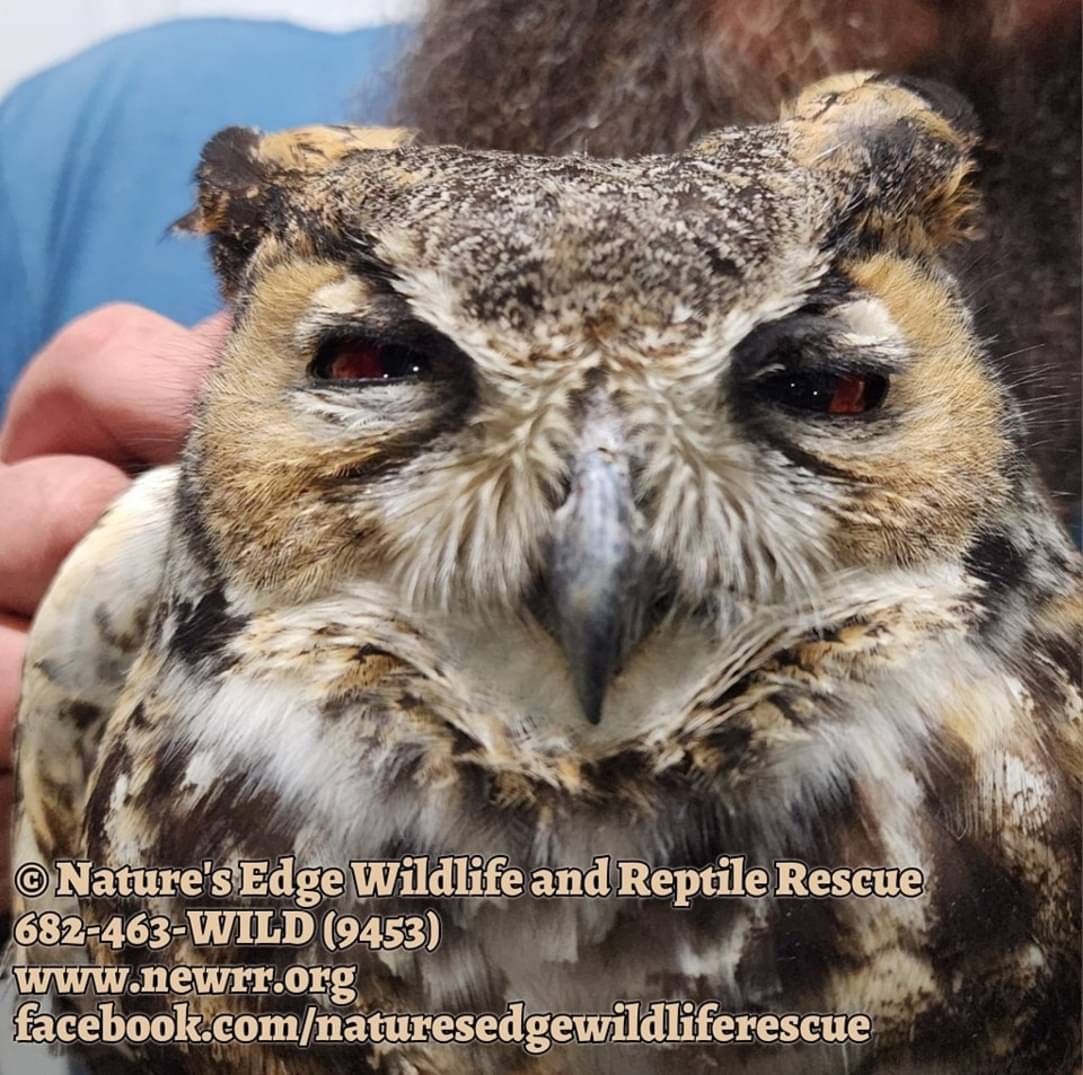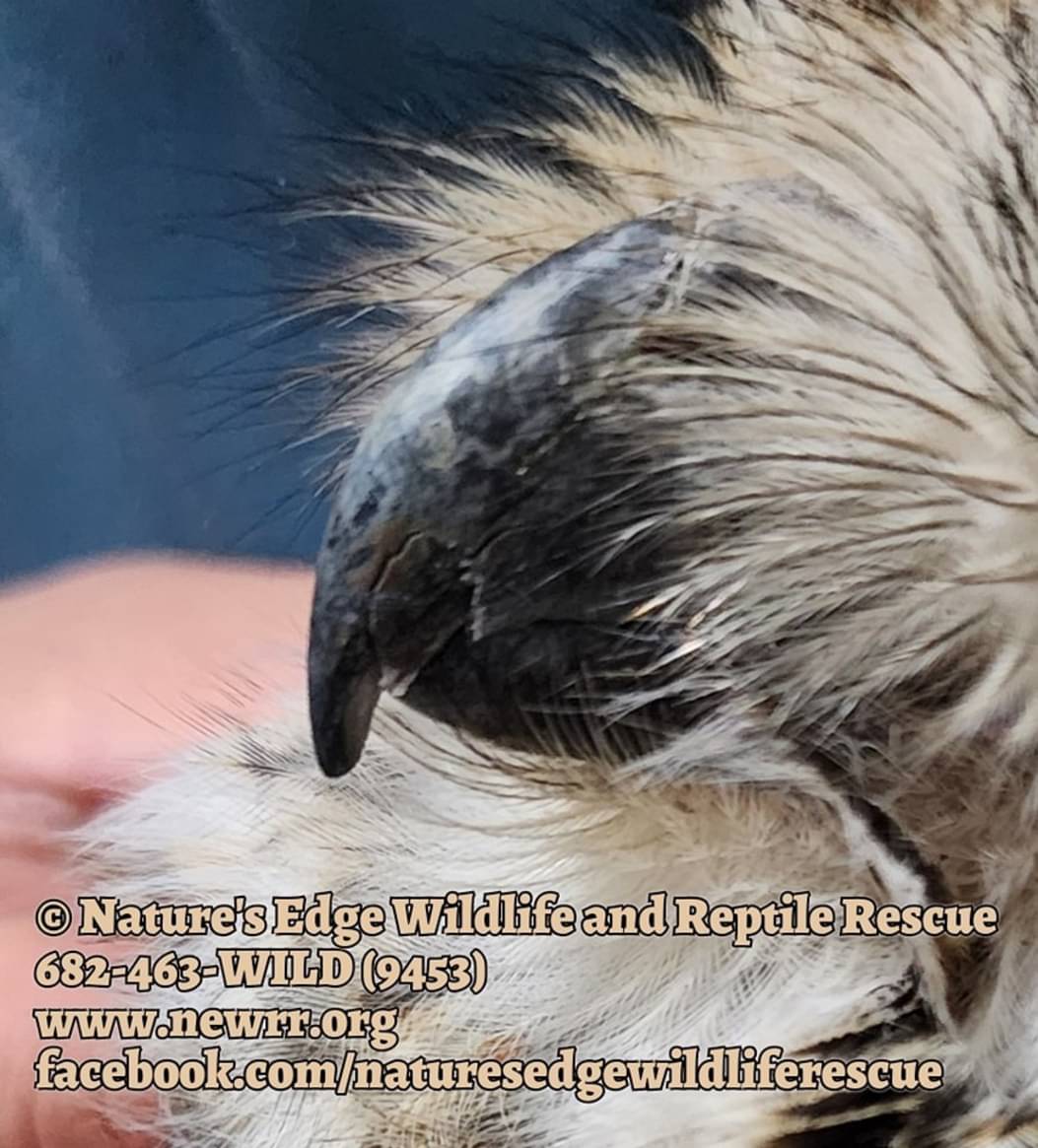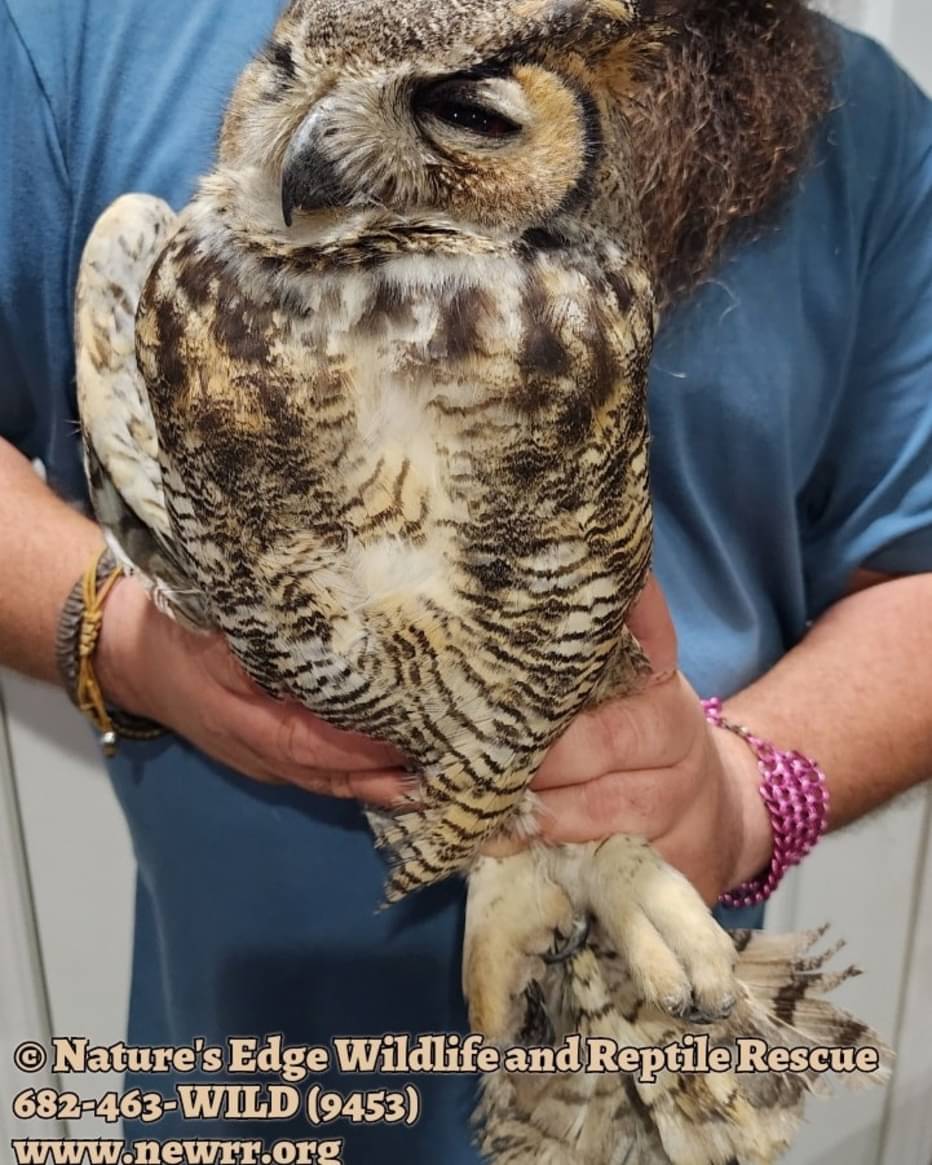Superbowl
For owls that are superb.

US Wild Animal Rescue Database: Animal Help Now
International Wildlife Rescues: RescueShelter.com
Australia Rescue Help: WIRES
Germany-Austria-Switzerland-Italy Wild Bird Rescue: wildvogelhilfe.org
If you find an injured owl:
Note your exact location so the owl can be released back where it came from. Contact a licensed wildlife rehabilitation specialist to get correct advice and immediate assistance.
Minimize stress for the owl. If you can catch it, toss a towel or sweater over it and get it in a cardboard box or pet carrier. It should have room to be comfortable but not so much it can panic and injure itself. If you can’t catch it, keep people and animals away until help can come.
Do not give food or water! If you feed them the wrong thing or give them water improperly, you can accidentally kill them. It can also cause problems if they require anesthesia once help arrives, complicating procedures and costing valuable time.
If it is a baby owl, and it looks safe and uninjured, leave it be. Time on the ground is part of their growing up. They can fly to some extent and climb trees. If animals or people are nearby, put it up on a branch so it’s safe. If it’s injured, follow the above advice.
For more detailed help, see the OwlPages Rescue page.
view the rest of the comments





Broken owl. :/
I never thought about beak growth. The internet says that beaks grow throughout life, like fingernails or rhino horns. I learned that today, I never asked myself that before, which makes me think why.
Do you know how long this owl beak will take to heal?
I found 2 guides to coping (trimming the beak) that go into all the details. With a healthy, natural diet and associated eating habits, the beak does a good job maintaining itself. It grows just like a cat or dog's claws from the sound of things. The beak is worn down to the proper length and shape by pulling apart prey and chomping on bones. There is a "quick" to the beak like a dog or cat's nails that you need to be cautious of to avoid bleeding and pain. The guides also show pet nail clippers used for rough trimming of the beak.
Being captive animals, their beaks are not used as intensely on food, so they can grow long and cause issues. Some raptors have notched beaks, and when that grows too much can cause cracking. The hook at the end can get way too long, which I'm thinking can also lead to breakage as there's going to be more leverage on it. Low fat levels can cause flaking of the beak, exposing the skin underneath, so oil can be rubbed on the beak to keep it hydrated.
This guide is pretty short and has good photos of the handling involved.
This guide gives a bit greater detail and some more beak anatomy, so it's a little harder to read, but not bad, but it also has many before and after pics of trimmed beaks.
The second guide shows a picture of a flaked beak and mentions it will take months to grow out, so I'm picturing the growth rate being about that of fingernails and pet claws as well. Ouch!